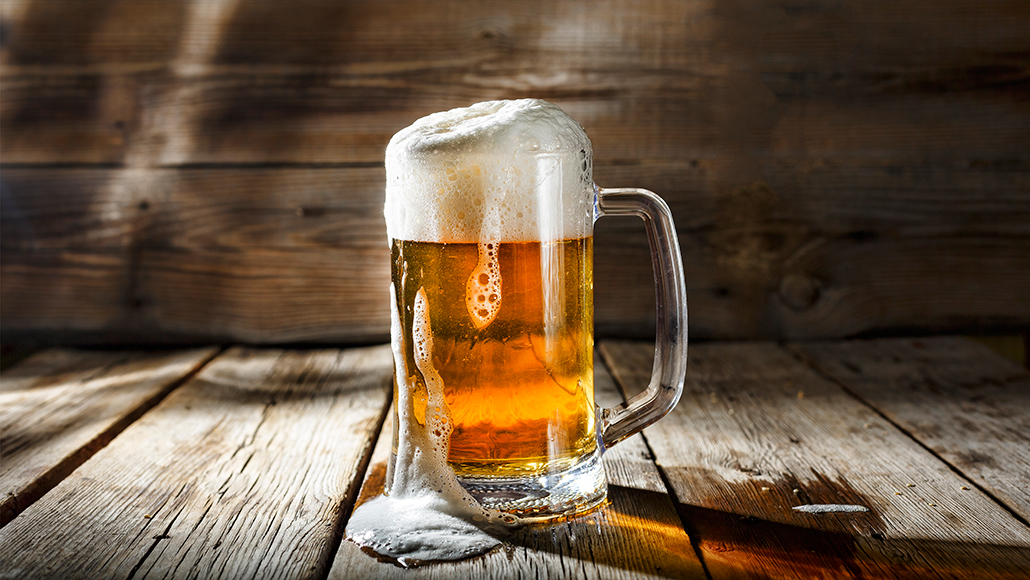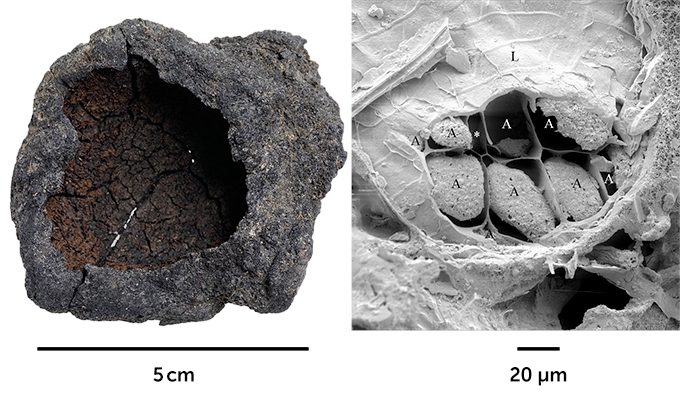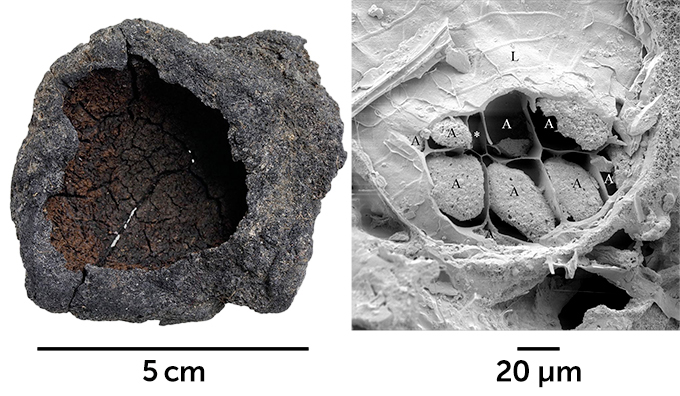Brewing beer may be an older craft than we realized in some places
Grain cell changes from malting help identify which ancient populations crafted local brews

Lab experiments and new archaeological evidence for malting could reveal which ancient peoples regularly hoisted a brew.
GANNAMARTYSHEVA/iStock/Getty Images Plus








